Combustion performance
UL 1581、UL13、UL444、UL1655.VW-1、CSA.FT-1 EN 50399:2011、BS 50399:2011 IEC60695-2-1/0~2-1/3、UL817、EN 60695-2-11:2001
1.Flame propagation and suppression
Large Combustion Test Equipment For Wires And Cables(UL 1581)capable of simulating real fire conditions, such as high temperatures and open flames.
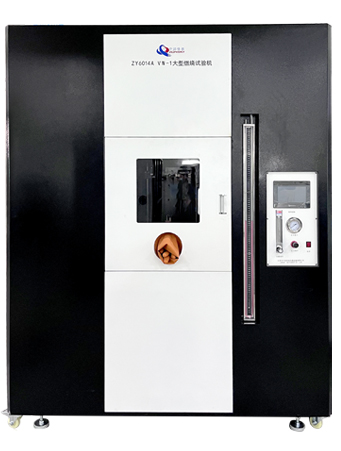 The "combustion performance" of electrical wires and cables is a critical aspect of their safety and reliability in various applications. This performance refers to how well these materials resist ignition, spread of flames, and smoke generation when exposed to fire or high temperatures. Meeting stringent combustion performance requirements is essential to prevent fires, limit damage, and ensure the safety of people and property.
The "combustion performance" of electrical wires and cables is a critical aspect of their safety and reliability in various applications. This performance refers to how well these materials resist ignition, spread of flames, and smoke generation when exposed to fire or high temperatures. Meeting stringent combustion performance requirements is essential to prevent fires, limit damage, and ensure the safety of people and property.
Flame Retardancy: Flame retardancy is one of the most crucial aspects of combustion performance. Wires and cables should be designed to resist the initiation and spread of flames. This is typically achieved by using flame-retardant materials in the cable's construction. Common flame retardant additives include halogenated compounds and phosphorus-based compounds. However, there is a growing trend towards using halogen-free materials due to concerns about the toxicity of halogen gases when burned.
Test equipment should accurately measure combustion time, flame spread speed and other indicators
Flame Spread and Dripping: In some cases, it's not enough for cables to resist ignition; they must also limit the spread of flames and the production of flaming or glowing drips that can ignite materials below. Flame spread and dripping tests are conducted to evaluate these aspects of combustion performance.
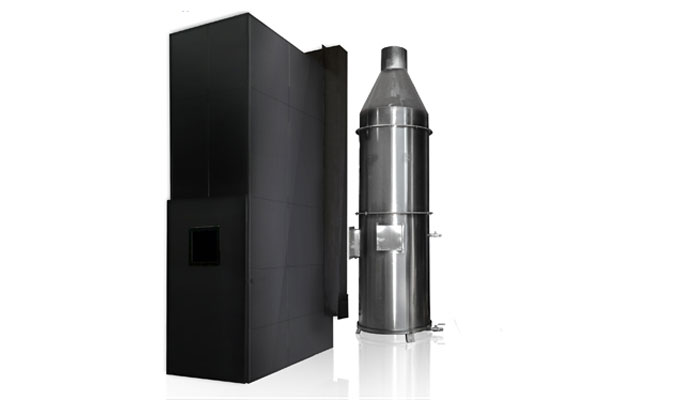 | 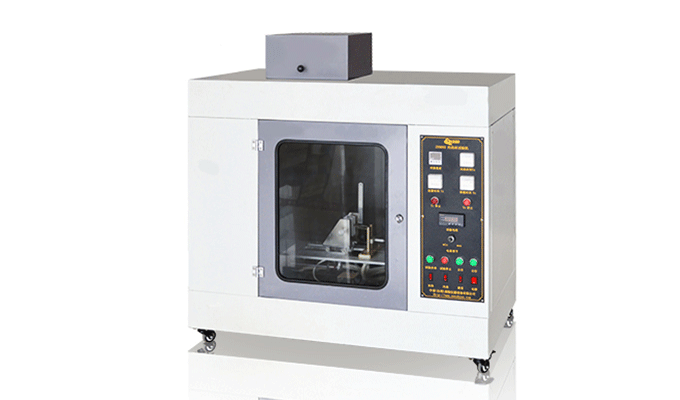 |
Consider equipment with smoke generation and toxicity assessment capabilities and related standards
Equipment used to assess the combustion performance of electrical wires and cables includes smoke density measurement devices such as NBS Smoke Chamber, photometric smoke density meters, and laser smoke density meters, which quantitatively evaluate smoke production during combustion. Additionally, oxygen index Testing Equipment measures the minimum oxygen concentration required to sustain combustion, indicating fire resistance, while carbon black content analyzers evaluate the filler content in cable materials to ensure compliance with fire safety standards, collectively ensuring the cables' adherence to rigorous safety and regulatory requirements.
IEC 61034-1:2019
JIS7201、BS2782、ANSI/ASTM、D2863、ISO4589、
IEC 60811-4-1:2004
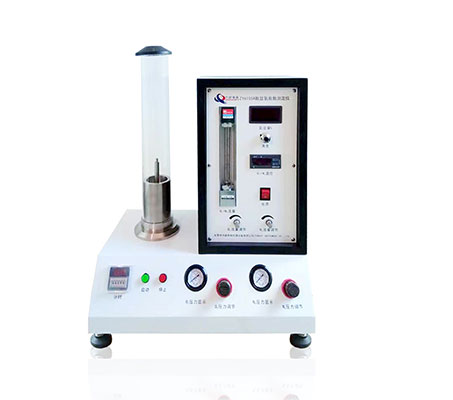 | 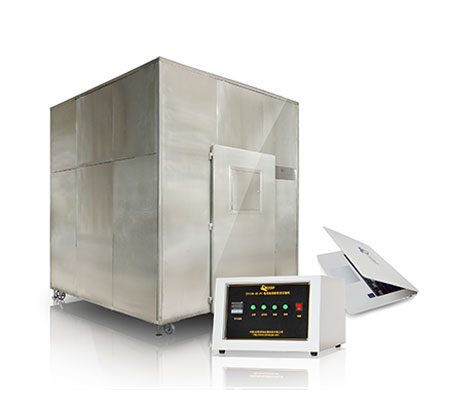 | 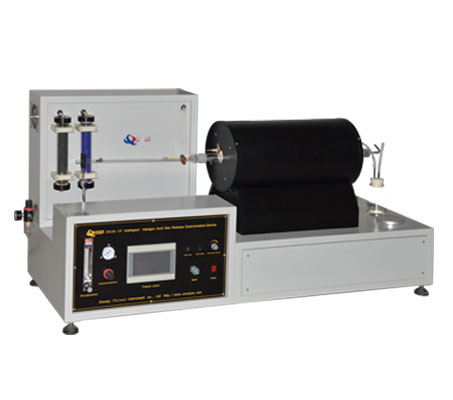 |
2.Fire resistance
The "Vertical Flame Propagation Test Apparatus for Single Wire & Cable" and the "Bunched Cable Vertical Flame Spread Test Apparatus" are specialized machines used to assess the fire resistance performance of wires and cables in high-temperature environments. These apparatuses are designed to simulate real-world fire scenarios, evaluating how cables behave when exposed to flames. The "Vertical Flame Propagation Test Apparatus" measures the vertical flame propagation of a single wire or cable, while the "Bunched Cable Vertical Flame Spread Test Apparatus" assesses the flame spread along a bundled cable configuration. These tests are crucial for ensuring that electrical cables can withstand fires, limiting flame propagation and safeguarding critical systems and infrastructure.More instruments
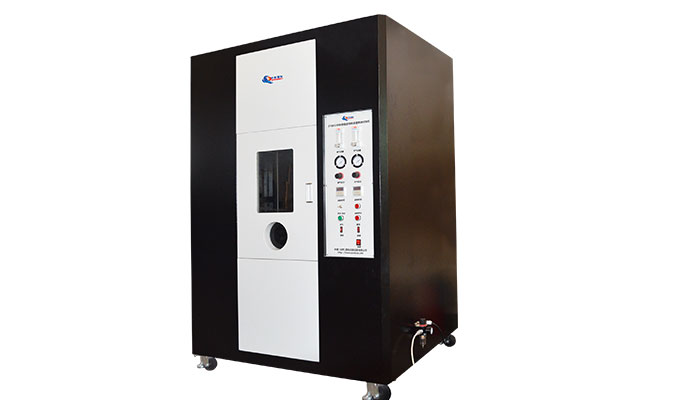 | 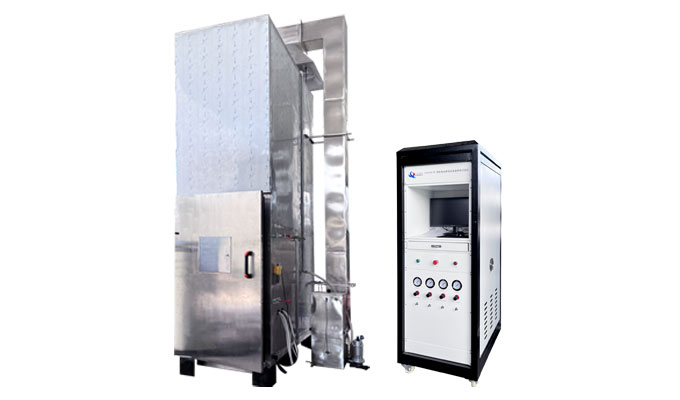 |
Select test equipment that can simulate prolonged high temperature exposure to evaluate the fire resistance time and performance of wires and cablesand related standards
In assessing fire resistance performance under high-temperature conditions, two important machines are the "Cable & Wire Circuit Integrity Combustion Tester" and the "Steiner Horizontal Tunnel Furnace." The "Cable & Wire Circuit Integrity Combustion Tester" evaluates the ability of cables and wires to maintain their circuit integrity when exposed to fire, ensuring that critical electrical connections remain functional during a fire emergency. On the other hand, the "Steiner Horizontal Tunnel Furnace" is utilized to subject cables to controlled high-temperature environments, simulating fire conditions and assessing their resistance to flame propagation and insulation integrity. Additionally, the "Naval Research Laboratory (NRL) Smoke Density Chamber" is another valuable apparatus used to measure smoke generation in high-temperature fire situations, providing insights into potential hazards during fires. These machines collectively play a vital role in ensuring the safety and reliability of cables and wires in the face of extreme heat and fire incidents.
IEC60331-11:1999
IEC60331-21:1999
IEC60331-23:1999
IEC60331-25:1999
IEC60331-31:2002
NFPA 262-2019
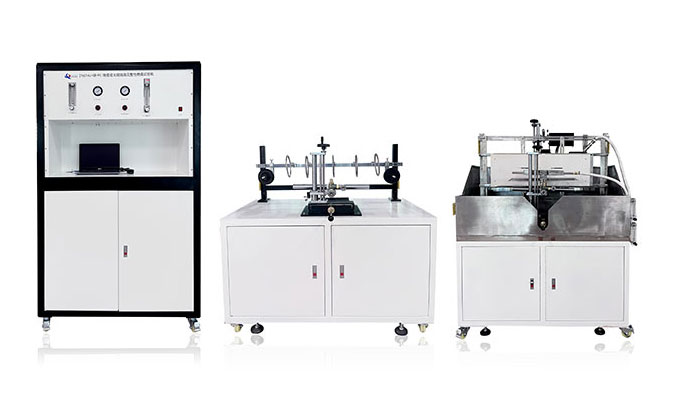 | 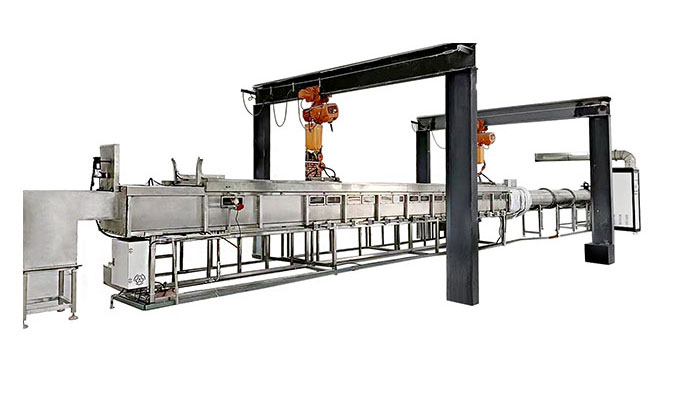 |
Mechanical behavior
IEC60227-2:2003、IEC60245-2:2003、IEC60227-2
1. Bending and tensile properties
The test equipment should be able to simulate the mechanical stresses possible in a fire, such as tension and bending
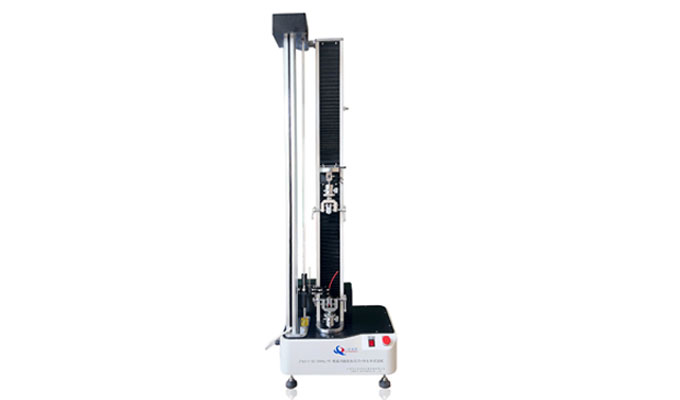 | 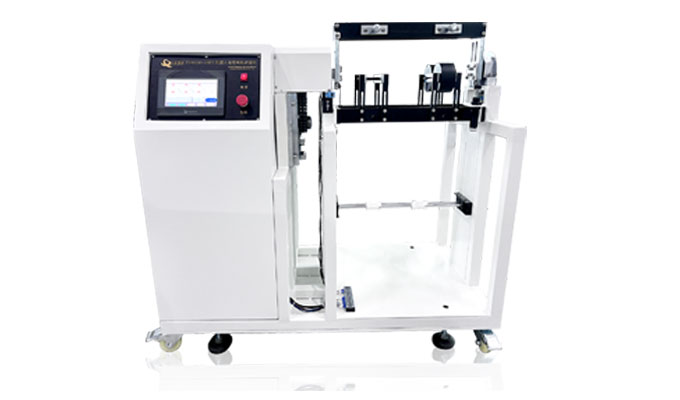 |
Opt for equipment with precise load measurement and displacement control to simulate real mechanical environments
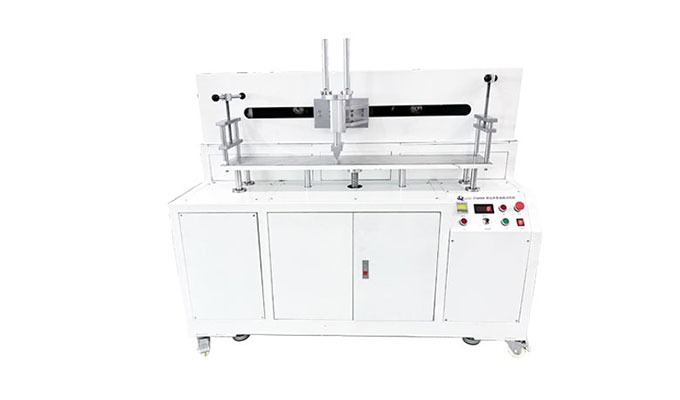 | 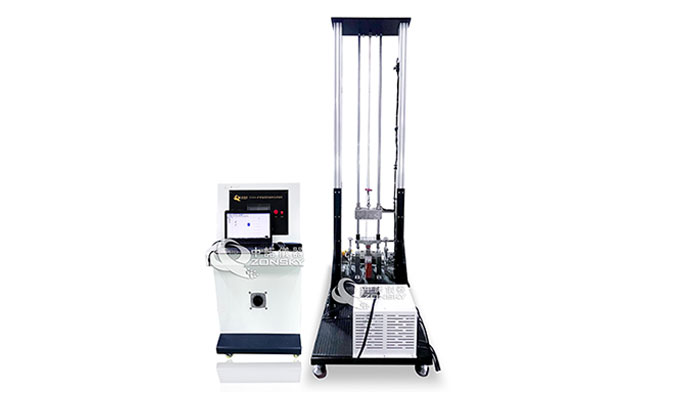 |
 WhatsApp:
WhatsApp: Mobile Phone:
Mobile Phone: Contact Now
Contact Now